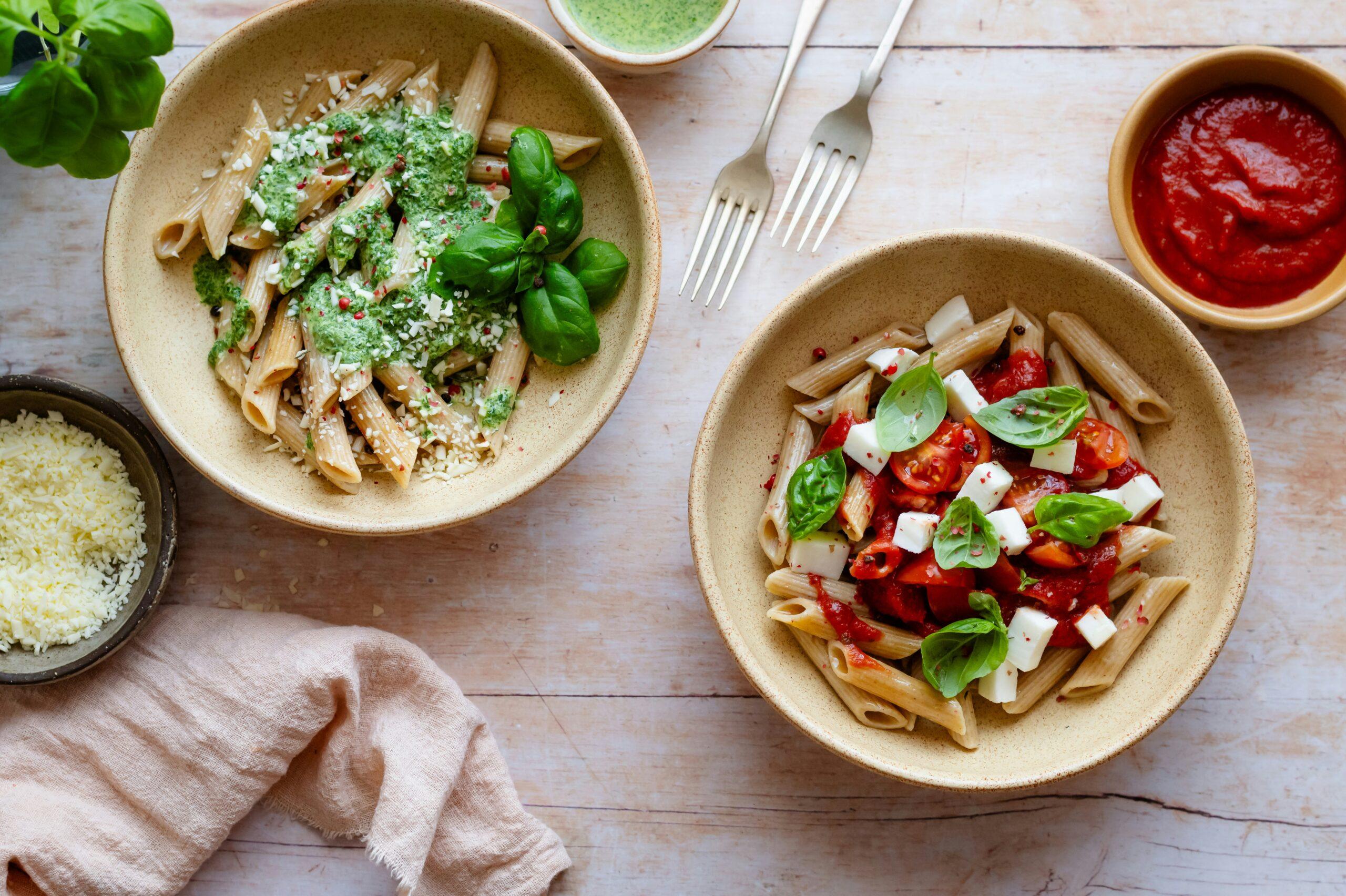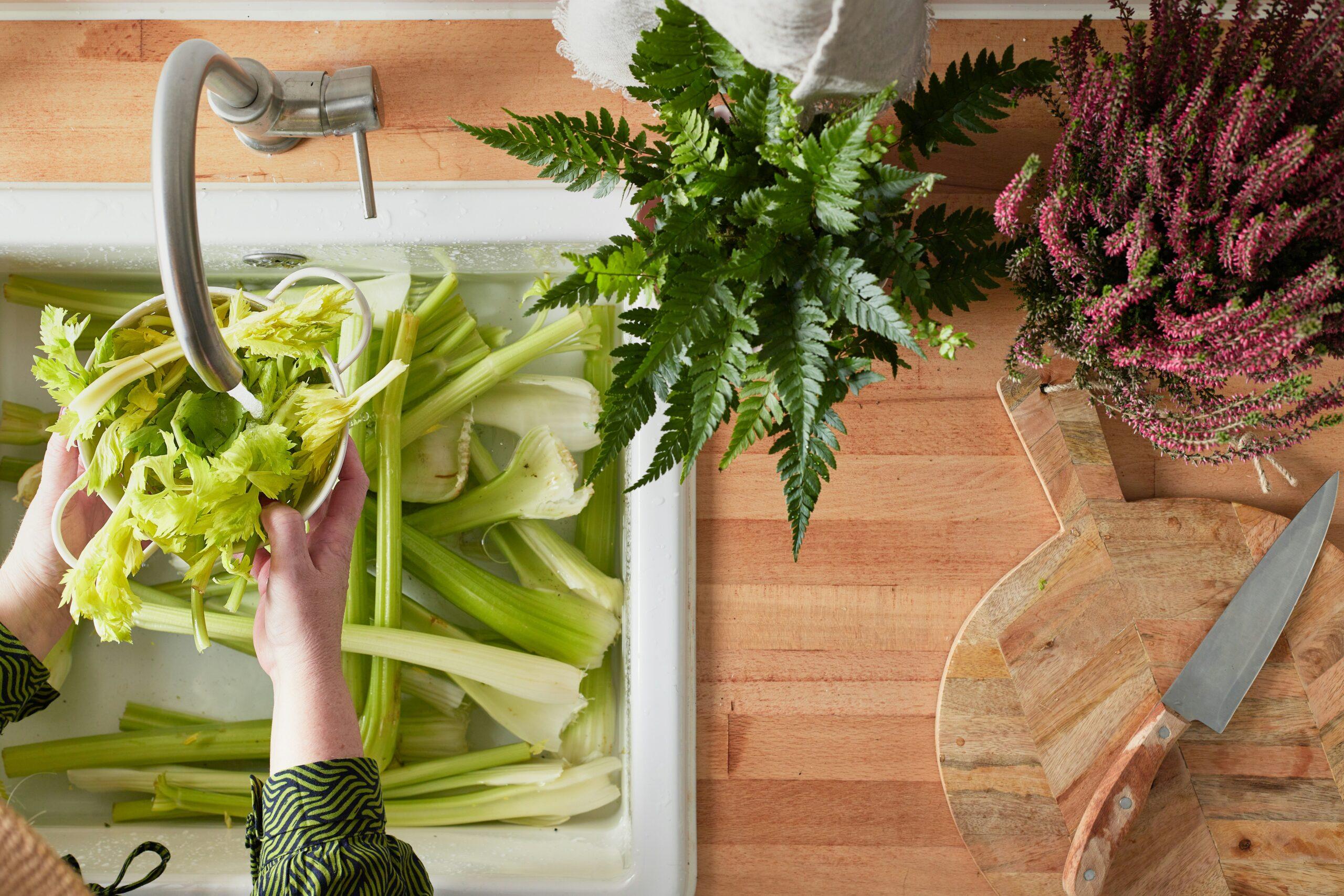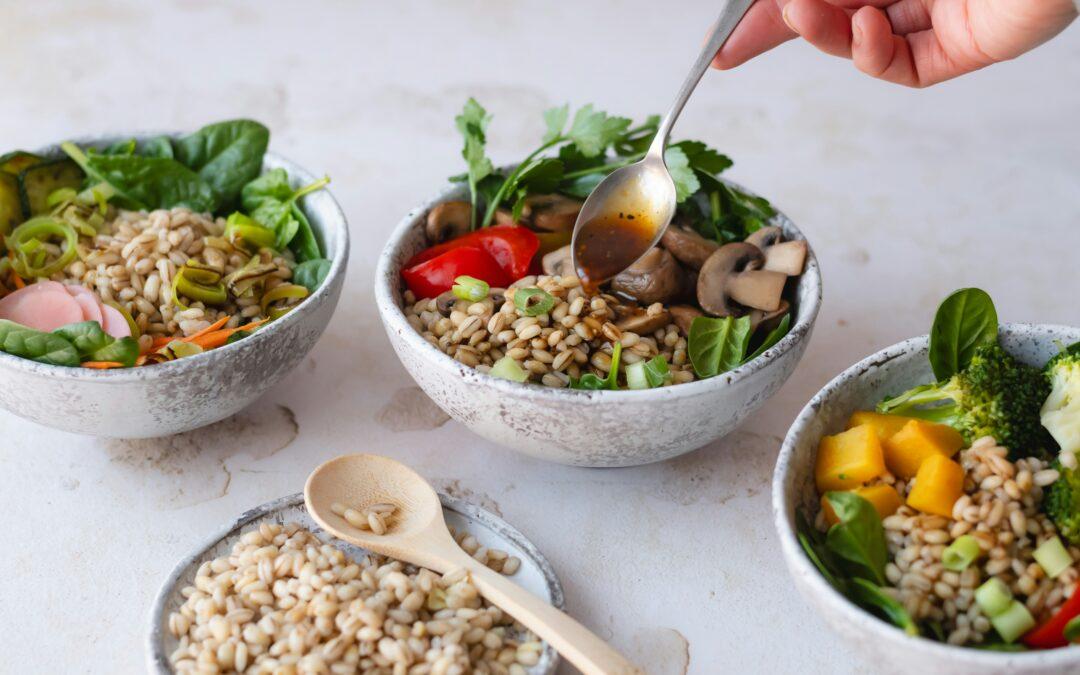As a vegetarian managing pre-diabetes, your nutrition is crucial for maintaining stable blood sugar levels and overall health. This article aims to provide you with actionable insights into how to structure your diet effectively, focusing on whole foods, non-starchy vegetables, healthy fats, and managing refined carbohydrate intake. The main takeaways include the importance of whole foods, the role of non-starchy vegetables, strategies for incorporating healthy fats, and tips for limiting refined carbs to achieve better blood sugar control.
Include Whole Foods
Whole foods are minimally processed and free from artificial ingredients. Whole foods are typically rich in vitamins, minerals and fibre, which make them an essential part of a balanced diet. The nutrient-dense nature of whole foods plays an important role in supporting your health and your blood sugar levels.
Whole grains such as quinoa, brown rice and whole wheat bread are rich in fibre, which slows down the absorption of glucose from your gut, and prevents spikes in blood sugar levels. Additionally, legumes such as lentils and chickpeas provide protein, which helps you feel full sooner and for longer.
Learn more about the benefits of fibre from our article.

Choose Non-Starchy Vegetables
Non-starchy vegetables are another essential element of a blood sugar-friendly diet. Non-starchy vegetables, including leafy greens (such as broccoli, bell peppers, and zucchini), are low in carbohydrates and calories while being rich in vitamins, minerals, fibre, and antioxidants.
For better blood sugar management, we recommend filling half of your plate with non-starchy vegetables at meals. This can include a colourful salad, stir fries, roasted vegetables and even uncooked vegetables.

Prioritize Healthy Fats
A balanced diet isn’t complete without healthy fats. Similar to other nutrients like fibre and protein, healthy fats can help slow down the digestion and absorption of carbohydrates. Adding healthy fats to your plate can help stabilize your post-meal blood sugar levels, while also suporting your heart health with essential fatty acids. Some examples of healthy fats to add to your plate include:
- Avocadoes
- Olive oil
- Nuts and seeds
Although healthy fats are part of a balanced diet, it’s important to be mindful of your portions. Healthy fats are more calorie-dense than other food groups and may contribute to unintentional weight gain when consumed in large quantities.
Explore the role of healthy fats more for your heart health from our article.
Tips for Building a Pre-Diabetes Diet
Prioritize whole foods
Choosing whole foods is a great way to add nutrients to your diet and stabilize your blood sugars.
Fill half your plate with non-starchy vegetables
Non-starchy vegetables are packed with essential nutrients to stabilize your blood sugars, promote satiety and support your overall health.
Incorporate healthy fats
Healthy fats can help stabilize your blood sugar while providing your body with essential fatty acids.
Limit refined carbohydrates
Refined carbohydrates include foods such as white bread, pastries and sugar snacks. These foods are easily broken down into glucose, which is absorbed into your bloodstream, typically leading to a sharp rise in your blood sugar.
Monitor portion sizes
Being mindful of your portion sizes helps you manage your calorie intake and maintain a healthy weight.
Takeaway
In summary, navigating a vegetarian diet while managing pre-diabetes involves focusing on whole foods, incorporating non-starchy vegetables, and including healthy fats while limiting refined carbohydrates. Making changes to changes to your diet can significantly improve your blood sugar control and overall health.
Lower Your Blood Sugar with Personalized Nutrition
Working with Rachel and her team can help you understand the impact of your diet and provide personalized recommendations to improve your blood sugars.
Book a FREE discovery call to get started!


